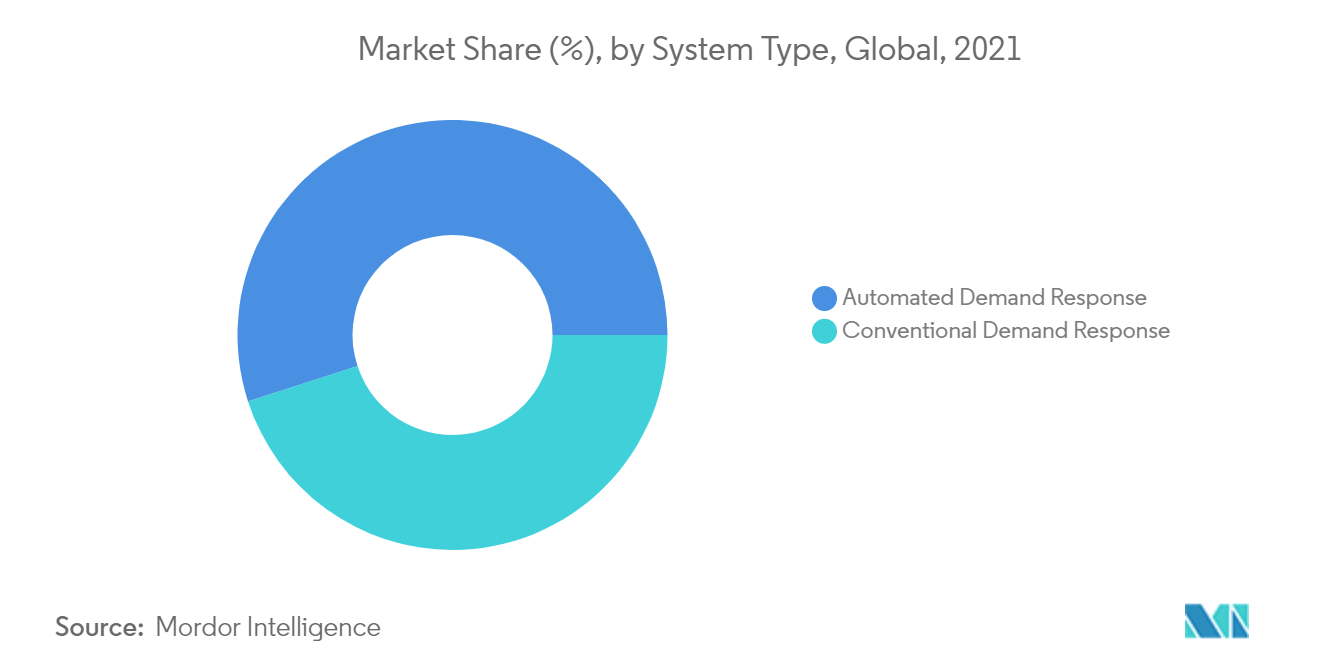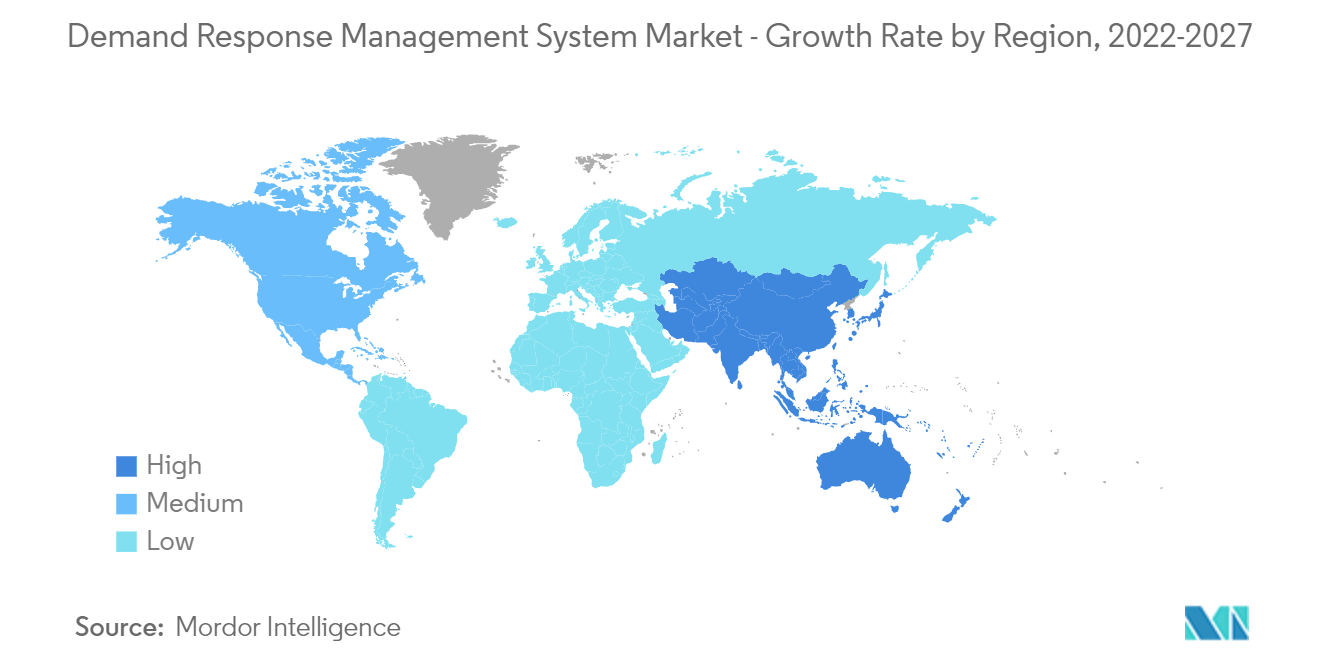Market Trends of Demand Response Management System Industry
This section covers the major market trends shaping the Demand Response Management Systems Market according to our research experts:
Automated Demand Response Management System Type to Witness Significant Growth
- The automated demand response management system helps simplify communication during the event, which leads to faster reaction times and more energy savings. This rapid reaction helps limit distortions between the wholesale and retail markets and helps keep prices lower for everyone.
- Automated demand response can be used by commercial, government, industrial and institutional enterprises to maximize energy savings or develop an additional source of revenue.
- Automated demand response management systems, coupled with on-site generation such as geothermal, solar, wind, biomass, or landfill-gas-to-energy, provide the off-grid power needed to keep facilities running while reducing the use of energy from the grid. Moreover, automated demand response management systems offer the greatest control, allowing customers to automatically or remotely manage energy consumption at peak demand.
- In June 2021, Tata Power-DDL partnered with energy management solution provider Autogrid to pilot the acceptability of consumer demand response. The first phase of the program ran for three months till the end of September 2021, and involved 4,000 residential customers with smart meter connections. Based of the acceptance and outcomes, the program will be extended in a phased manner to other areas. One of these is automated demand response management systems, leveraging residential air conditioning systems and HVAC systems at commercial and industrial sites.
- Furthermore, this segment witnessed the OpenADR Alliance, which was created to standardize, automate, and simplify demand response. This alliance is enabling rapid development in automated demand response management systems.
- On the other hand, the Australian government plans to reduce 26-28% of the greenhouse emissions by 2030, from the level of 2005, by promoting the integration of cleaner energy sources into the grid and energy efficiency measures, such as smart grid and ADRMS implementation, to effectively manage the increasing peak load in the country.
- Thus, based on the above-mentioned factors, the automated demand response management system type is expected to witness significant growth during the forecast period.

Asia-Pacific to Witness Significant Growth
- The market for demand response management systems in the Asia-Pacific region is expected to witness significant growth during the forecast period, as a large number of countries in the region are modernizing their electrical grids.
- The Japanese demand response management systems market is expected to witness robust growth in the near future on account of structural reforms in the country's power sector, which are aimed at market liberalization. Furthermore, the planned closure of nuclear power plants in the country necessitates the demand response programs in the country.
- In August 2020, Enel X Japan expanded its business operations in Japan. The company will provide demand response systems and virtual power plant services across new regions, aggregating even more energy load to provide critical services to the nation's electricity grid. The company expanded its operation to offer over 200 MW of demand response management services to the entire country.
- India is also seeing rapid adoption of smart grid technologies to modernize its electrical grid to manage demand-supply mismatch. In February 2022, the Madhya Pradesh government secured a loan of EUR 140 million from KfW to expand and modernize its electricity network by deploying smart meters and smart grid technologies. The smart meters to be installed in the project are likely to record consumer energy usage data in near real-time for the development of personalized energy efficiency recommendations to ensure demand response use cases such as Time-of-Use tariffs.
- Therefore, factors such as increasing efforts to modernize the power sector across the regions by the governments of respective countries are expected to drive the market studied during the forecast period.


